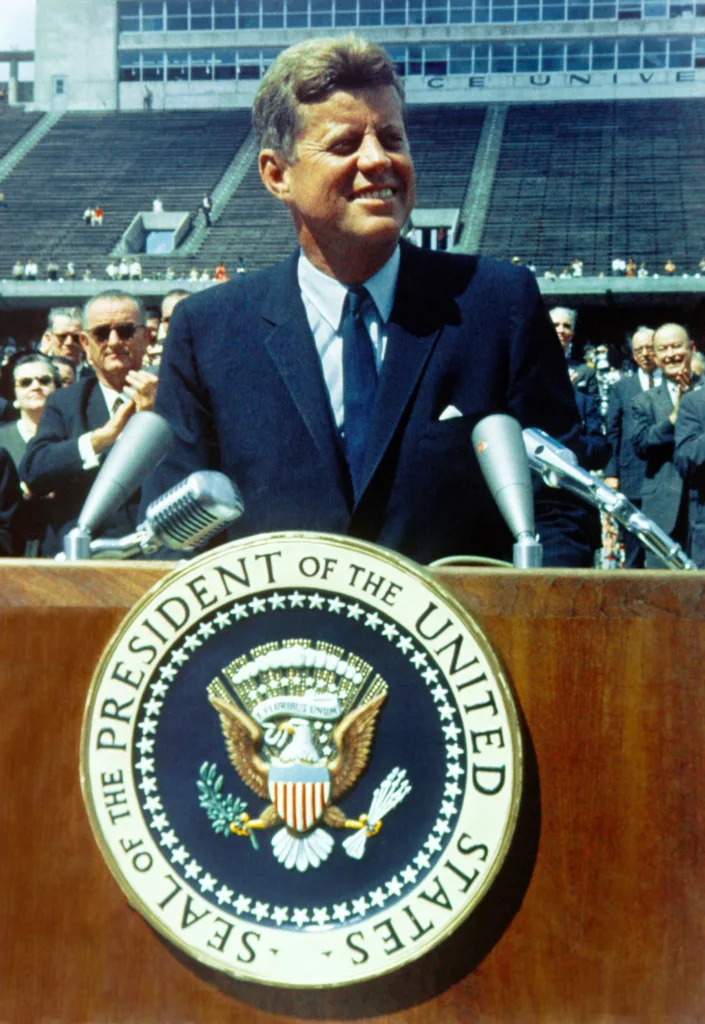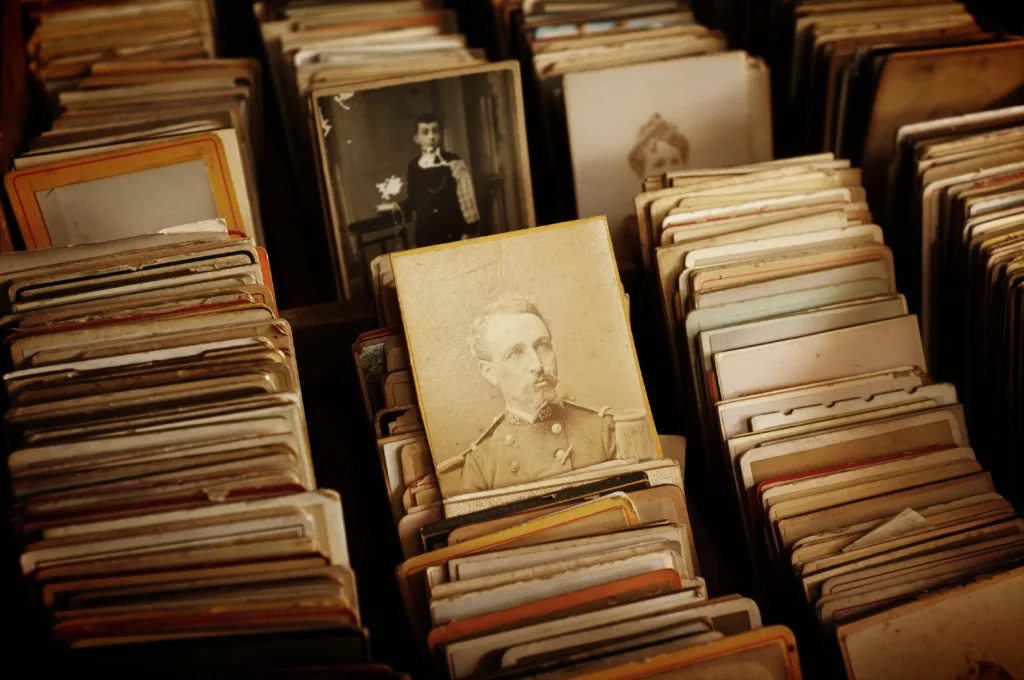
Have you ever wondered about Reiki symbols? Well, you’re in luck, as I’m here to give you a brief explanation! Reiki symbols are a significant part of the practice of Reiki, a Japanese healing technique. These symbols hold immense power and are used by Reiki practitioners to enhance the flow of energy during healing sessions.
Reiki symbols carry specific meanings and purposes. They can be visualized, drawn, or even spoken to invoke their energy. Each symbol corresponds to a particular aspect of healing, such as mental clarity, emotional balance, or spiritual connection. By incorporating these symbols into their practice, Reiki practitioners can channel the universal life force energy more effectively, bringing about profound healing and relaxation for their clients.
So, whether you’re curious about Reiki or seeking to deepen your understanding of this therapeutic art, exploring the world of Reiki symbols can be both enlightening and empowering. They are an integral part of the vast and fascinating realm of Reiki, contributing to its incredible effectiveness in promoting well-being and harmony in mind, body, and spirit. Reiki symbols are an integral part of the practice of Reiki, a Japanese healing technique that promotes relaxation, stress reduction, and overall well-being. If you’re new to the world of Reiki, you may be wondering what these symbols are and why they hold such significance in this spiritual healing modality. In this article, we will explore the basics of Reiki, the power of symbols in Reiki, different types of Reiki symbols, their significance and meaning, how they are used in healing, how to learn and access them, how to practice Reiki with symbols, their connection to chakras, and the controversy surrounding their use.
Understanding the Basics of Reiki
Reiki is a holistic healing practice that originated in Japan in the early 20th century. It is based on the principle that a universal life force energy flows through all living beings. This life force energy, known as “ki” in Japanese or “chi” in Chinese, keeps us alive and in good health.
The word “Reiki” itself is a combination of two Japanese words: “rei,” which means universal, and “ki,” which means life force energy. Therefore, Reiki can be translated as “universal life force energy.” Practitioners of Reiki believe that by channeling this energy, they can promote balance and healing on physical, emotional, mental, and spiritual levels.
The Power of Symbols in Reiki
Symbols have been used since ancient times as a means of communication and to convey meaning. In Reiki, symbols play a crucial role in connecting with and harnessing the flow of universal life force energy. They act as powerful tools that can enhance the healing process, increase the effectiveness of Reiki treatments, and assist in spiritual growth.

Introduction to Reiki Symbols
Reiki symbols are visual representations of specific intentions and energies in the Reiki system. They are unique and sacred symbols that empower Reiki practitioners to focus their intention and direct the flow of energy during a healing session. These symbols are traditionally passed down from Reiki master to student during the attunement process, which is a ceremony that initiates the student into the practice of Reiki.
Different Types of Reiki Symbols
The Reiki system consists of several symbols, each carrying its own unique meaning and purpose. The most commonly used symbols in Reiki are the Cho Ku Rei, Sei He Ki, Hon Sha Ze Sho Nen, and Dai Ko Myo symbols. Each symbol represents a different aspect of healing and can be used for various purposes, such as clearing energetic blockages, promoting emotional healing, and sending Reiki energy across time and space.

The Significance and Meaning of Reiki Symbols
Each Reiki symbol holds deep spiritual significance and represents a specific aspect of healing energy. For example, the Cho Ku Rei symbol is often associated with power, protection, and grounding, while the Sei He Ki symbol is linked to mental and emotional healing and balance. The Hon Sha Ze Sho Nen symbol is used for distant healing and connecting with past or future events, and the Dai Ko Myo symbol symbolizes enlightenment and spiritual transformation.
How Reiki Symbols are Used in Healing
During a Reiki session, practitioners may draw or visualize the Reiki symbols in the air, on their hands, or on the client’s body. This act serves as an energetic reminder and intention-setter, allowing the practitioner to connect with the specific energy associated with each symbol. By invoking the symbols, Reiki practitioners can amplify the healing energy they channel, direct the energy to specific areas of the body, and facilitate emotional and energetic release.

Learning and Accessing Reiki Symbols
To learn and access Reiki symbols, one must receive proper attunements from a Reiki master. Attunements are energetic initiations that align the practitioner’s energy field with the Reiki symbols and empower them to use these symbols in their healing practice. Once attuned, practitioners can connect with the Reiki symbols through meditation, visualization, and intention-setting, allowing them to access their healing energy and use it for the highest good of themselves and their clients.
Practicing Reiki with Symbols
When practicing Reiki with symbols, it is essential to approach the symbols with respect, reverence, and an open heart. Before each healing session, practitioners may choose to meditate on the symbols, draw them on their hands or the client’s body, or simply visualize them in their mind’s eye. They may also chant the name of the symbol silently or out loud to activate its energy. The use of symbols in Reiki adds an extra layer of intention and focus to the practice, allowing for a deeper and more powerful healing experience.
Reiki Symbols and their Connection to Chakras
Chakras are energy centers in the body that play a significant role in our physical, emotional, and spiritual well-being. Each chakra is associated with specific qualities and governs certain aspects of our being. Reiki symbols have a deep connection to the chakras and can be used to balance and harmonize these energy centers.
For example, the Cho Ku Rei symbol is often associated with the root chakra, which governs our sense of stability and security. By invoking this symbol, Reiki practitioners can help bring balance to this chakra, promoting a sense of grounding and stability in the client. Similarly, the Sei He Ki symbol is often connected to the heart and third eye chakras, facilitating emotional healing, intuition, and spiritual growth.
The Controversy Surrounding Reiki Symbols
While Reiki symbols hold great significance and power for many practitioners, there is also a degree of controversy surrounding their use. Some critics argue that the use of symbols limits the true essence of Reiki, as they were not part of the original teachings of Mikao Usui, the founder of Reiki. Others contend that symbols can be seen as unnecessary intermediaries, as the energy they represent is already present within us and can be accessed without their use.
However, it is important to remember that Reiki is an adaptable practice, and different practitioners may have varying approaches and beliefs regarding the use of symbols. Ultimately, the power of Reiki lies in the intention, love, and compassion with which it is practiced, whether or not symbols are used.
In conclusion, Reiki symbols are visual representations of specific intentions and energies in the Reiki system. They serve as powerful tools that can enhance the healing process, increase the effectiveness of Reiki treatments, and assist in spiritual growth. By understanding their meaning and practicing with reverence, Reiki practitioners can harness the power of these symbols to facilitate healing, promote balance, and connect deeply with the universal life force energy.










